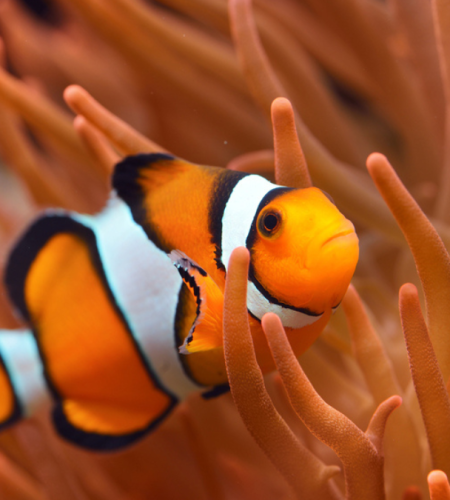Fish are one of the most common pets in UK households, with more exotic types – like tropical fish, which tend to be bright and beautiful to look at – making great additions to personal aquariums. However, marine fish, which thrive in a saltwater environment, are slowly becoming more popular with experienced aquarists who understand their more complex needs.
Marine aquariums require careful and complex care to ensure the fish can thrive. Long-time aquarium keepers – like Jonathan De Vita, who keeps marine fish and corals – are highly familiar with this process; however, many new aquarists may struggle to provide the level of care required.
The first step towards creating a marine aquarium is selecting the right tank. Marine fish tanks should be set up to mimic the ocean environments where these fish usually live, building an at-home ecosystem for them. Marine fish are adapted to water with a specific salinity, so they cannot survive in freshwater alone. To achieve the optimal pH, select a good salt mix with the correct concentration for the tank and add it to purified water.
For a fish-only marine aquarium, maintaining these saline conditions creates a healthy environment. However, the salt concentration levels that nourish marine fish are typically too low for the majority of marine corals, so consider a separate tank for saltwater reefs. These corals also require a salt mix with increased calcium and alkalinity levels.
The next step is choosing what aquatic life to put inside each tank. Some of the most popular and beautiful saltwater fish include the common clownfish, the Auriga butterfly fish, the yellowtail damselfish and the flame hawkfish. Each breed has different nutritional requirements, but some of the most common marine fish foods include krill, brine shrimp, guppies and ghost shrimp.
Caring for marine corals can actually be more difficult than fish because of their complex needs. When selecting corals for a saltwater aquarium, novice aquarists should consider soft corals, which are easy to care for and durable, leather corals, which can tolerate various water conditions, and zoanthids, which are notably resistant. It’s important to understand the specific care requirements of each type.
Once the aquarium is established, the long-term work involves maintaining water quality, salinity, temperature and capacity, tasks which must be completed on a strict weekly basis. Marine fish and corals are demanding and must be monitored every day for any changes or signs of distress. It’s a lot of work, but all dedicated aquarists reap the rewards of well-maintained marine fish and reef aquariums.

